Autism and Pets: How Animals Transform the Lives of People with Autism
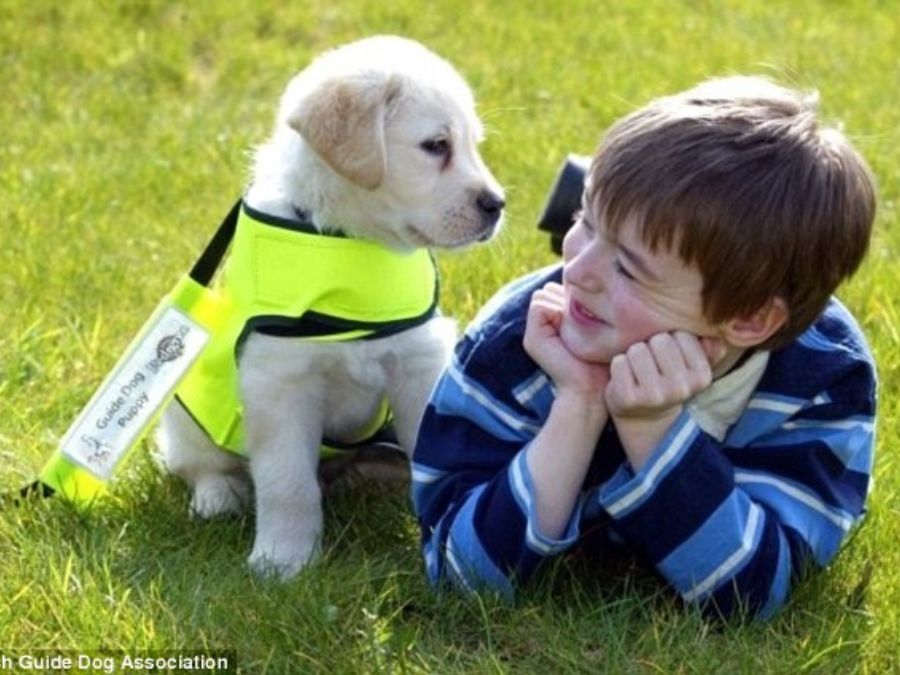
Introduction
Autism and pets share a powerful bond that has transformed countless lives worldwide. For people with autism spectrum disorder (ASD), animals provide more than companionship—they offer emotional support, social bridges, sensory regulation, and structure in daily life. This article explores how pets help people with autism, backed by scientific studies, real stories, and practical advice for families and caregivers. By understanding the unique benefits pets bring, we can unlock new ways to improve well-being, independence, and happiness for those on the spectrum.
1. Understanding Autism and Emotional Needs
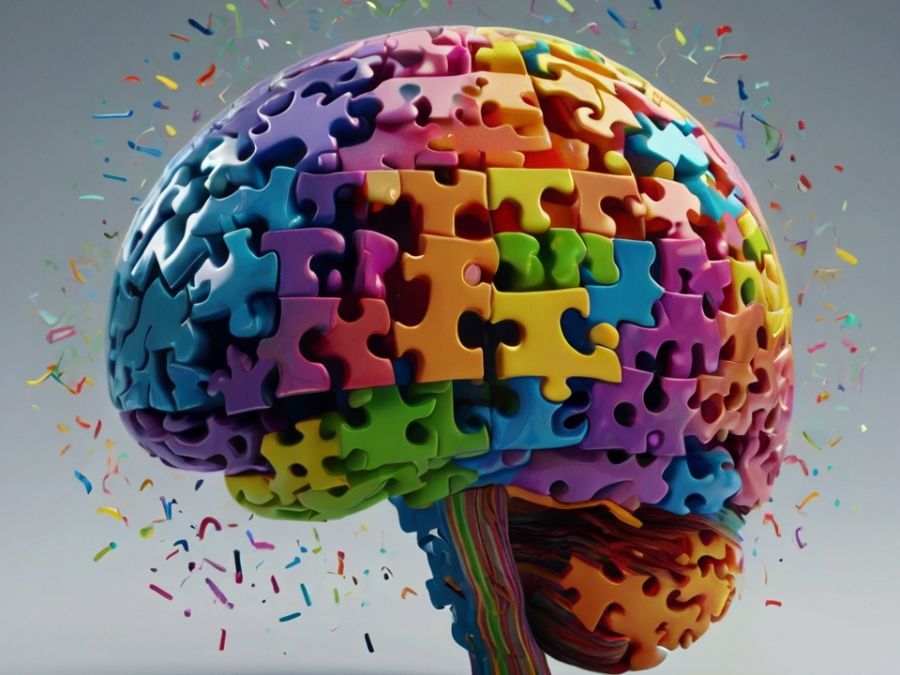
Autism spectrum disorder affects approximately 1 in 36 children globally, with varying degrees of social communication challenges, sensory sensitivities, and repetitive behaviors. People with autism often struggle with social connection, experiencing feelings of isolation, anxiety, and difficulty understanding social cues. This is where pets can make a vital difference.
Unlike human interactions, animals communicate in simple, nonverbal ways that are often easier for autistic individuals to interpret and relate to. The nonjudgmental, consistent presence of a pet provides a sense of safety and belonging that can be hard to find elsewhere.
Scientific Evidence on Emotional Benefits
Studies show that interaction with pets increases oxytocin levels, a hormone linked to bonding and stress reduction. One research published in the Journal of Pediatric Nursing found that children with autism who regularly engaged with therapy animals experienced decreased anxiety and improved mood.
Additionally, pets offer tactile sensory input—such as the soft texture of fur or the rhythmic sensation of petting—that can soothe sensory overload and help regulate emotions.
2. How Pets Reduce Anxiety and Improve Mental Health
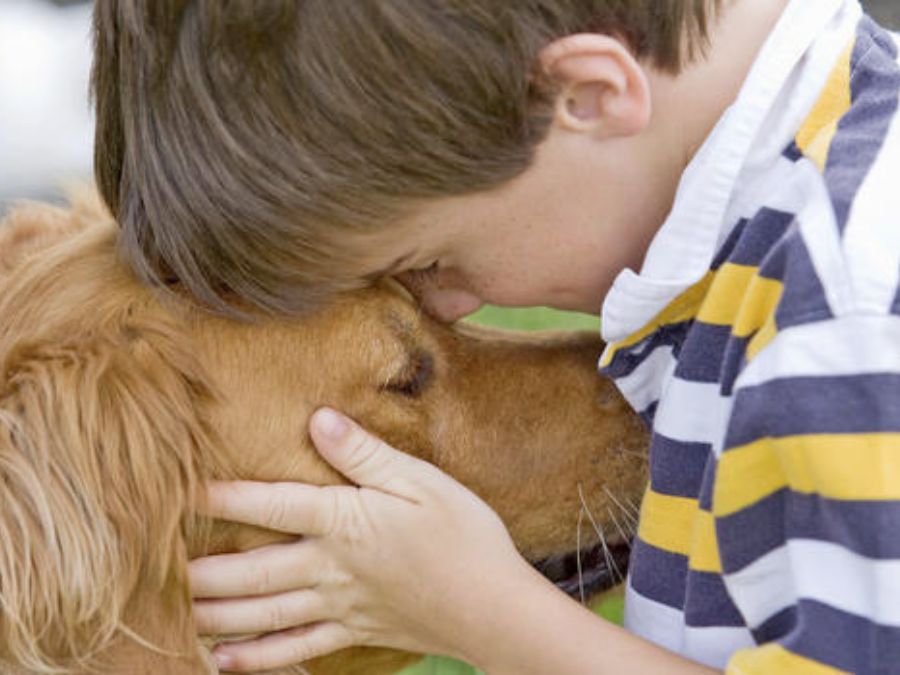
Anxiety disorders are common among individuals with autism, affecting up to 40%. Pets act as natural anxiety reducers by providing comfort through physical touch and companionship.
The Science Behind Stress Relief with Pets
Physical contact with animals has been proven to lower cortisol (the stress hormone) and raise serotonin and dopamine, chemicals responsible for feelings of happiness and calm. This biological effect helps reduce anxiety episodes and fosters emotional balance.
For example, many autistic individuals find comfort in the repetitive action of stroking a dog or cat, which offers both sensory pleasure and a grounding routine.
Real-Life Testimonials
Jessica, a mother of an autistic child, shares, “Since we got our dog, my son’s anxiety episodes have noticeably decreased. He talks to the dog and feels less overwhelmed during stressful situations.”
Such stories reflect a growing awareness of the healing power pets provide beyond clinical settings.
3. Pets Encourage Routine and Responsibility

One of the core challenges for many people with autism is establishing and maintaining daily routines. Pets help build structure by creating regular caregiving tasks such as feeding, walking, and grooming. These responsibilities teach important life skills, including time management, executive functioning, and independence.
Parents and caregivers report that involving children in pet care increases their sense of accomplishment and self-worth, contributing to overall developmental progress.
Practical Tips for Incorporating Pet Care
- Start with simple tasks like filling the water bowl.
- Use visual schedules or checklists to help the autistic individual follow routines.
- Celebrate completed tasks to motivate continued engagement.
4. Pets as Social Bridges
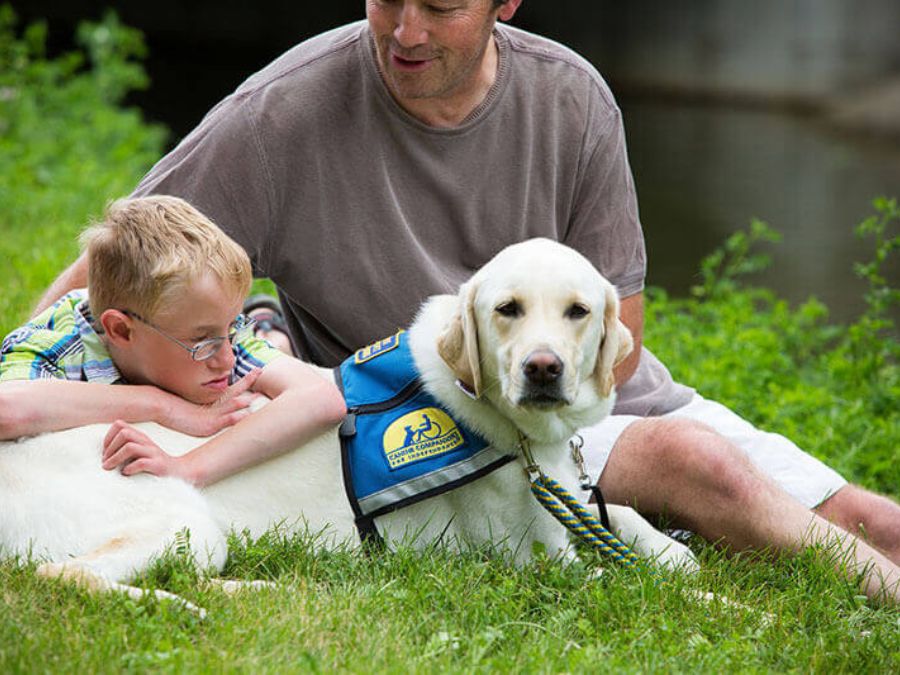
Social interaction can be one of the most challenging aspects of life for people with autism. Pets often serve as social catalysts by facilitating communication and connection with others. Walking a dog in the neighborhood or visiting a park creates natural opportunities for conversation and social engagement.
How Pets Help Improve Social Skills
Research indicates that children with autism who own pets show increased social behaviors, such as initiating eye contact and using verbal communication. Animals provide a shared topic of interest that can reduce social anxiety and foster friendships.
Supporting Research
A study published in Frontiers in Psychology demonstrated that therapy dogs helped autistic children improve social responsiveness and reduce social withdrawal, highlighting the important role animals play in social development.
5. Sensory Benefits of Pets for People with Autism

Many individuals with autism experience sensory processing differences, including hypersensitivity or hyposensitivity to stimuli. Pets can provide soothing sensory input through touch, smell, and sound.
Tactile and Auditory Sensory Input
The texture of fur, the warmth of a pet’s body, and the calming sounds of purring or gentle barking can help regulate sensory overload or sensory seeking behaviors.
Sensory Integration Therapy and Pets
Occupational therapists sometimes incorporate animals into sensory integration therapy to help autistic individuals process sensory information in a controlled and comforting environment.
6. Pets Promote Physical Activity and Health

Physical activity is important for everyone’s well-being, including people with autism. Pets, especially dogs, encourage movement through daily walks, playtime, and outdoor adventures.
Benefits of Physical Activity with Pets
- Enhances motor skills and coordination
- Improves cardiovascular health
- Reduces repetitive behaviors by providing positive outlets for energy
- Encourages outdoor exploration and social engagement
Research Insights
A 2018 study in Autism Research showed that children with autism who engaged in regular physical activity with pets had better physical fitness and reduced behavioral challenges.
7. Choosing the Right Pet for Autism

Not all pets are equally suited for every individual with autism. It’s essential to consider the person’s sensory preferences, allergies, living environment, and level of responsibility.
Common Pets Beneficial for Autism
- Dogs: Offer loyalty, companionship, and encourage physical activity.
- Cats: Provide calming presence and lower maintenance.
- Small animals (rabbits, guinea pigs): Great for tactile sensory input and less demanding care.
- Fish: Visually soothing and require minimal interaction.
Tips for Selecting a Pet
- Consult with healthcare professionals or therapists
- Consider temperament and behavior of the pet
- Start with fostering or volunteering to understand pet care demands
8. Therapeutic and Service Animals for Autism
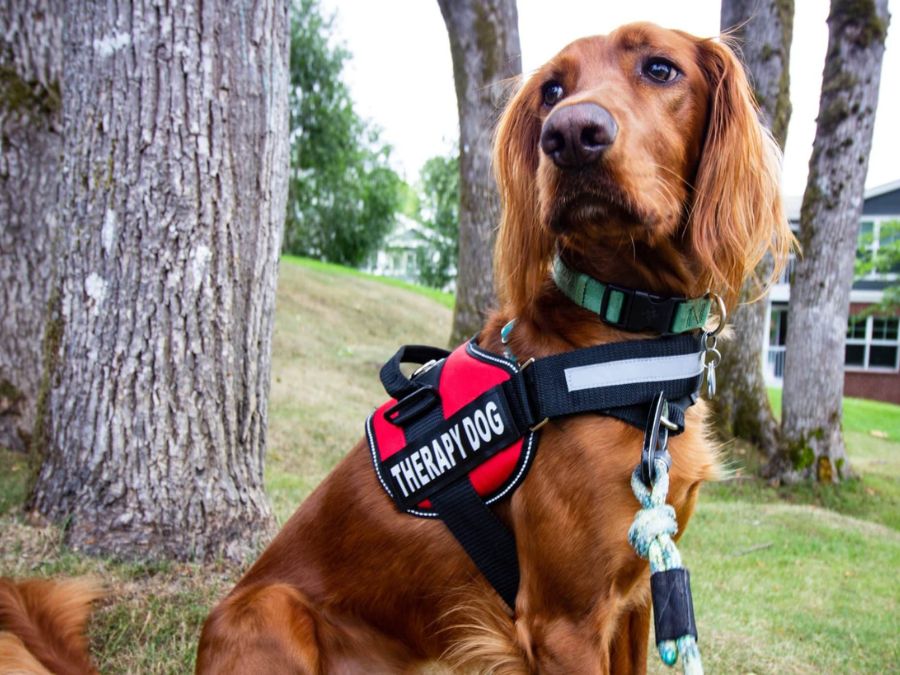
Beyond pets kept at home, specially trained therapy and service animals play a crucial role in autism support. These animals receive training to assist with specific challenges related to autism spectrum disorder.
Therapy Animals
Therapy animals visit schools, hospitals, and therapy centers to provide comfort and facilitate learning and social interaction. Interaction with therapy animals can boost motivation and reduce stress during therapy sessions.
Service Dogs
Service dogs for autism are trained to perform tasks such as:
- Interrupting repetitive behaviors
- Providing deep pressure therapy during anxiety episodes
- Assisting with safety awareness (e.g., preventing wandering)
- Supporting social interactions by acting as social facilitators
Scientific Backing
A study in Journal of Pediatric Nursing highlighted that children with autism who interacted with service dogs showed improvements in social functioning, communication, and reduced anxiety.
9. Addressing Challenges of Having Pets in Autism Families
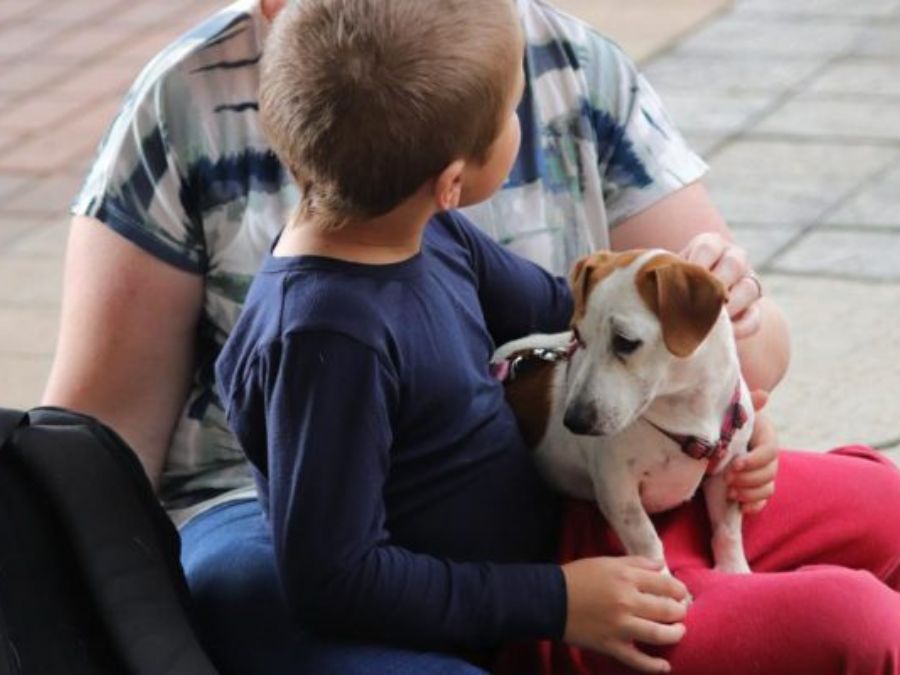
While pets offer numerous benefits, challenges such as allergies, pet care burden, or sensory sensitivities need consideration.
Common Challenges
- Overstimulation from pet sounds or movement
- Difficulty in maintaining pet care routines
- Allergic reactions
- Financial costs associated with pet ownership
Strategies to Overcome Challenges
- Choose hypoallergenic breeds if allergies are a concern
- Use visual supports and routines for pet care tasks
- Seek support from family or community pet care services
- Regular vet visits to prevent health issues
10. Personal Stories: How Pets Have Transformed Lives
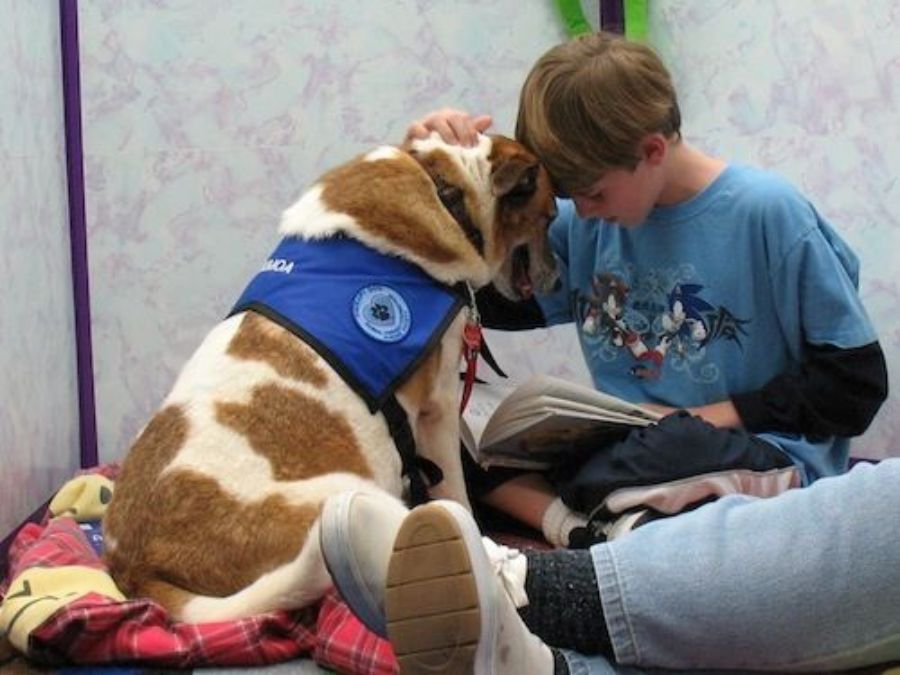
Hearing real experiences helps us understand the profound impact pets have on people with autism. Here are some inspiring stories:
Emily and Her Therapy Dog
Emily, a teenager diagnosed with autism, struggled with social anxiety and sensory overload. After her family introduced a therapy dog named Max, Emily’s social interactions increased, and her anxiety episodes decreased significantly. Max became her emotional anchor during difficult moments.
Lucas and His Cat
Lucas found comfort in his cat, Luna. The tactile sensation of petting Luna helped Lucas manage sensory sensitivities and created a calming routine that improved his sleep quality.
11. Practical Advice for Families Considering Pets
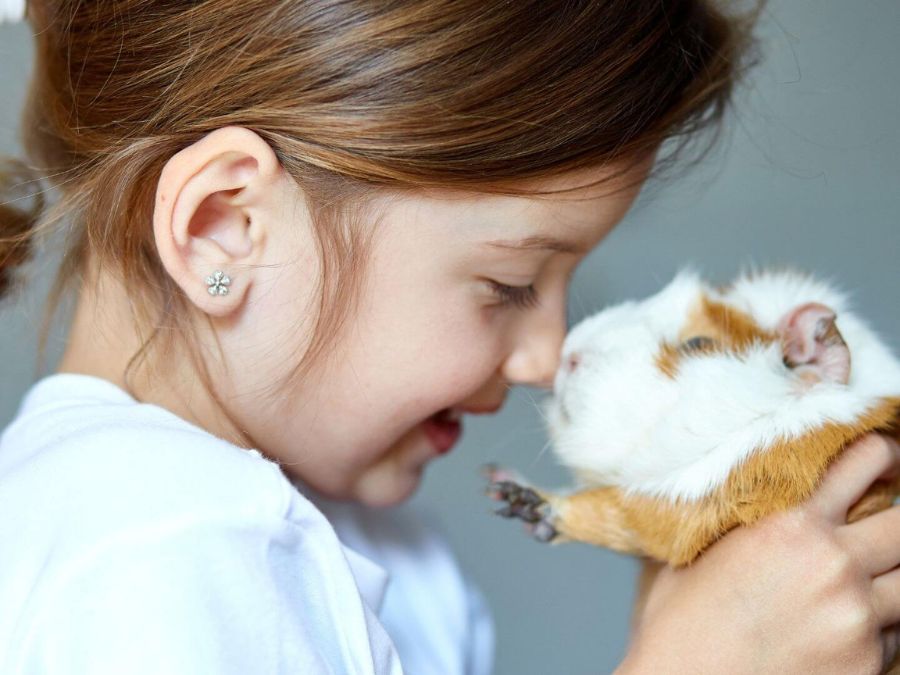
If you’re thinking about introducing a pet into an autistic family member’s life, keep these tips in mind:
- Involve the autistic person in the decision-making process.
- Start slow and allow time for adjustment.
- Ensure pet care responsibilities are manageable.
- Monitor for signs of stress or discomfort.
- Seek professional guidance if needed.
Conclusion
Pets are much more than just companions for people with autism — they are true allies in enhancing quality of life by providing emotional comfort, social encouragement, support in daily routines, and essential sensory benefits. The presence of pets helps reduce anxiety, promotes social interaction, and encourages healthy habits that contribute to overall well-being.
For families and caregivers, understanding the transformative role of pets is key to creating more welcoming and inclusive environments. By choosing the right pet and nurturing a strong bond, it is possible to provide an enriching experience that positively impacts the development and happiness of individuals with autism.
In short, the connection between autism and pets goes far beyond affection — it is a partnership that transforms lives, strengthens bonds, and opens doors to a world of possibilities and unconditional love.







